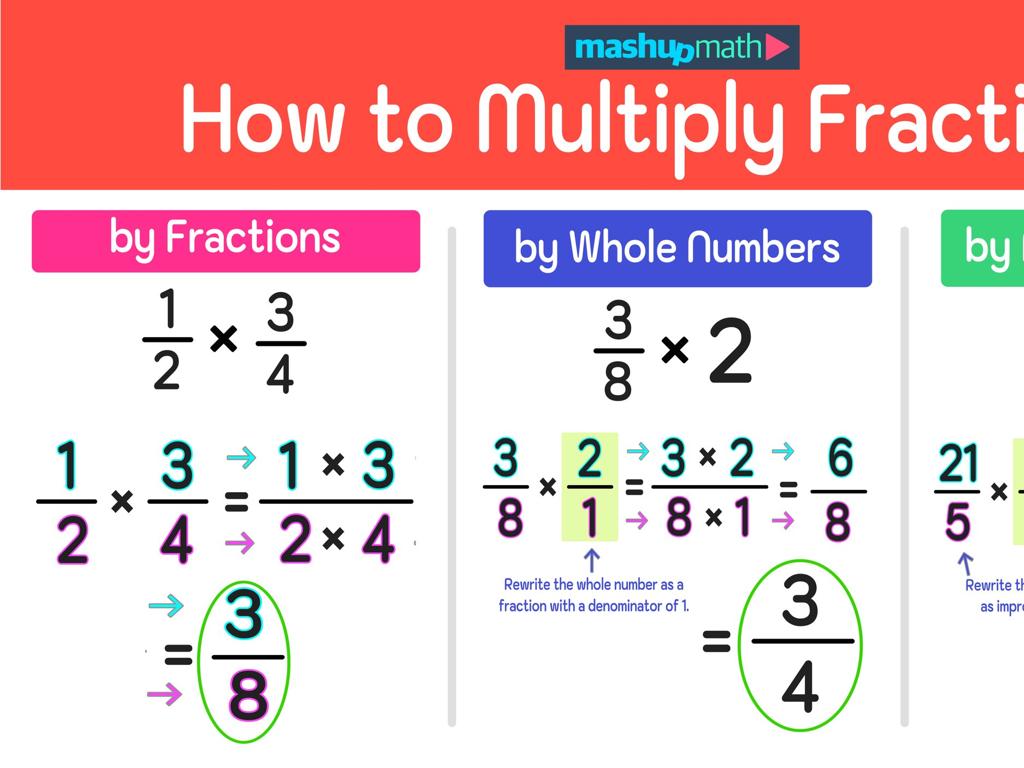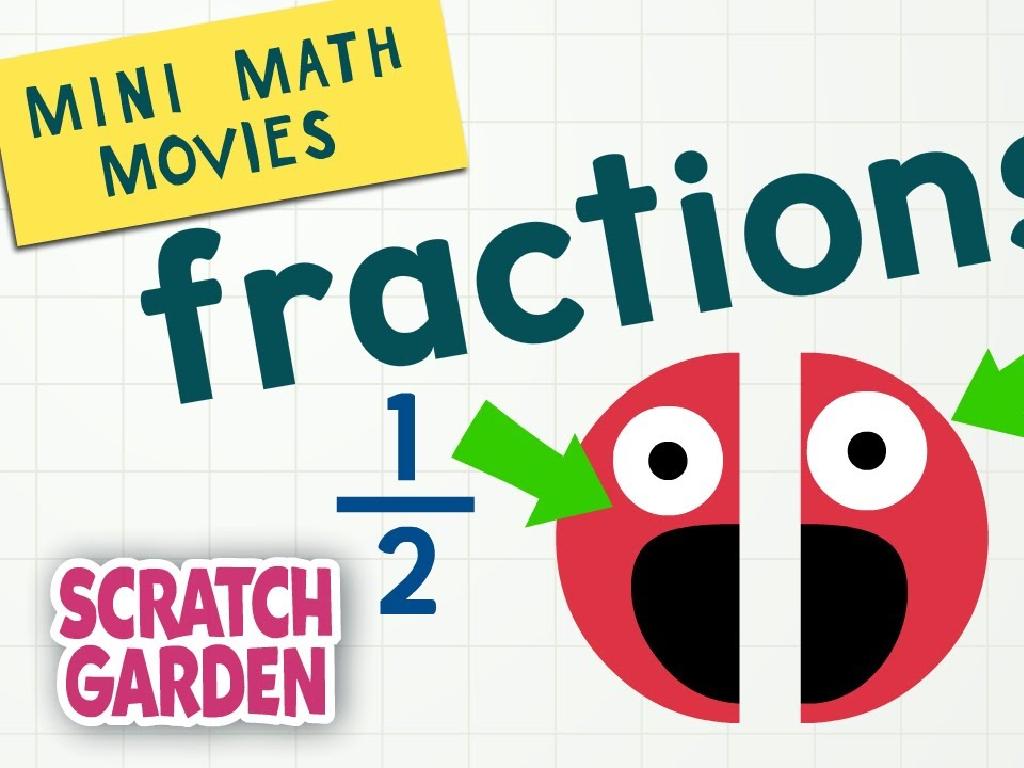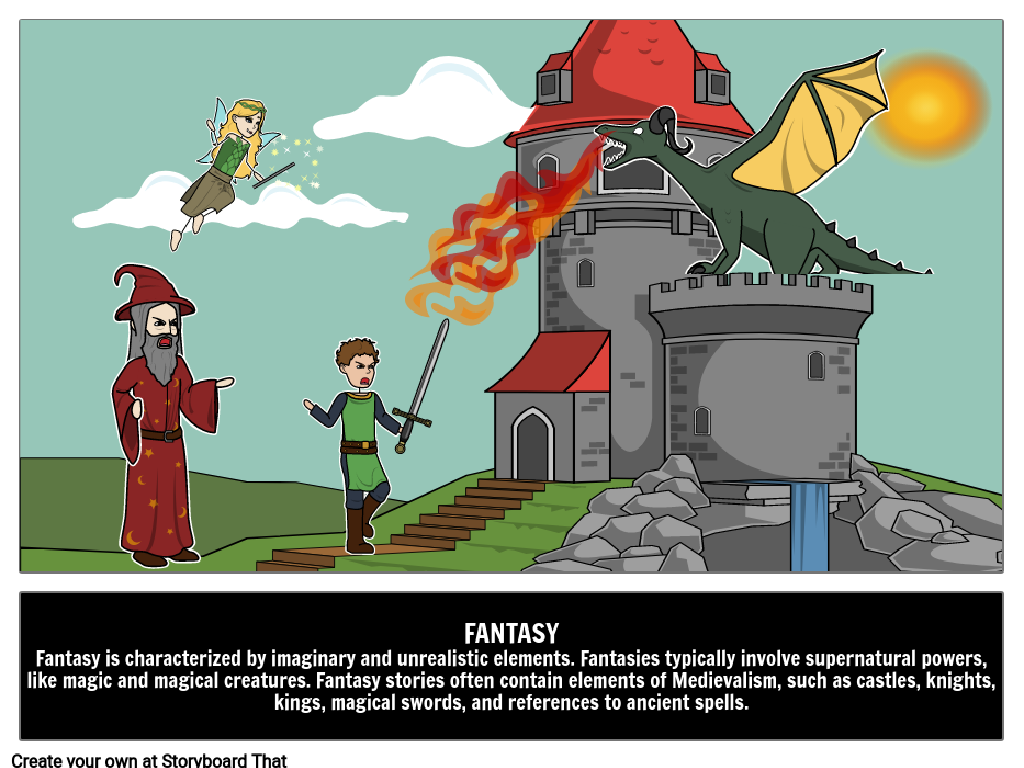Describe Ecosystems
Subject: Science
Grade: Fourth grade
Topic: Ecosystems
Please LOG IN to download the presentation. Access is available to registered users only.
View More Content
Welcome to Ecosystems!
– Explore our environment
– Define an ecosystem
– A community of living things interacting with their surroundings
– Types of ecosystems
– Forests, oceans, deserts, and ponds
– Ecosystem examples
– Rainforest: home to many plants/animals. Desert: dry, fewer plants/animals
|
This slide introduces students to the concept of ecosystems within the broader topic of understanding our environment. Begin by discussing the environment as the surroundings in which plants and animals live. Then, define an ecosystem as a community of living organisms in conjunction with the nonliving components of their environment, interacting as a system. Highlight the different types of ecosystems such as forests, oceans, deserts, and ponds, and provide examples like the diversity of life in a rainforest versus the specialized organisms found in a desert. Encourage students to think about local ecosystems they may be familiar with and how different factors contribute to the balance within an ecosystem.
Exploring Ecosystem Components
– Biotic vs. Abiotic factors
– Biotic: living things; Abiotic: non-living elements like rocks, water
– Producers, Consumers, Decomposers
– Producers make food from sunlight, Consumers eat others, Decomposers break down dead material
– Sunlight, Water, and Air roles
– Sunlight provides energy, Water is life’s solvent, Air is needed for respiration
– How they all work together
|
This slide introduces the basic components of an ecosystem to fourth-grade students. Start by explaining the difference between biotic factors (all the living parts of an ecosystem, like plants and animals) and abiotic factors (non-living parts, like sunlight, water, and minerals). Discuss the roles of producers (plants), consumers (animals that eat plants or other animals), and decomposers (organisms that break down dead material, returning nutrients to the soil). Emphasize the importance of sunlight, water, and air in sustaining life within an ecosystem. Finally, tie all these components together to show how they interact to form a balanced ecosystem. Use simple language and relatable examples to help students understand these concepts.
Exploring Types of Ecosystems
– Forests: Earth’s green lungs
– Forests are full of trees and are home to many animals.
– Deserts: Lands of extremes
– Deserts are very dry, but some plants and animals thrive there.
– Oceans: Vast water worlds
– Oceans cover most of our planet and have different zones of life.
– Grasslands: Earth’s plains
– Grasslands are large open spaces with grasses, few trees, and various wildlife.
|
This slide introduces students to the various types of ecosystems found around the world. Forests are dense areas rich in biodiversity and play a crucial role in producing oxygen. Deserts, while harsh, support life adapted to scarcity of water. Oceans are the largest ecosystems, providing habitat for countless marine species. Grasslands, characterized by wide open spaces and grasses, support animals like bison and lions. Discuss the differences between freshwater and marine ecosystems, emphasizing the salt content and types of life found in each. Introduce human-made ecosystems, such as urban parks or gardens, which are designed and maintained by humans for various purposes. Encourage students to think about how these ecosystems interact and the importance of each in supporting life on Earth.
Food Chains and Food Webs in Ecosystems
– Energy flow in ecosystems
– Sun provides energy, plants absorb it, animals eat plants, and predators eat those animals.
– Each organism’s role in food chains
– From tiny insects to large predators, every creature has a vital part to play.
– Food webs connect multiple chains
– A complex system showing how different food chains are linked together.
– Balance in nature’s network
|
This slide aims to explain the concepts of food chains and food webs within ecosystems. Begin by discussing how energy flows from the sun to plants and then through various levels of consumers. Emphasize the importance of each organism, no matter how small, in maintaining the balance of the ecosystem. Explain how food webs illustrate the interconnectedness of different organisms and food chains, showing a more realistic and complex picture of ecosystem dynamics. Use examples like a simple grassland food chain and then expand it to a food web to show interdependence. Encourage students to think about what might happen if one part of the web is affected, such as a species becoming extinct.
Balance in Ecosystems
– Understanding Predator-Prey Dynamics
– Predators hunt prey, which controls population sizes.
– Effects of Changes in Ecosystems
– Changes can disrupt food chains and habitats.
– Human Roles in Ecosystem Conservation
– We can protect ecosystems by reducing pollution and preserving habitats.
|
This slide aims to explain the delicate balance within ecosystems, focusing on the relationships between predators and their prey, which is crucial for maintaining stable population sizes and a healthy ecosystem. Discuss how changes, whether natural or human-induced, can lead to significant impacts on the ecosystem, including the disruption of food chains and loss of habitats. Emphasize the importance of human responsibility in conserving ecosystems, such as through pollution reduction and habitat preservation. Encourage students to think about how their actions can affect the environment and discuss ways they can help at home or in their community.
Exploring Our Local Ecosystem
– Identify biotic & abiotic elements
– Biotic: plants, animals; Abiotic: rocks, water
– Observe organism interactions
– How do squirrels gather nuts or bees pollinate?
– Discuss ecosystem importance
– Ecosystems support life & biodiversity
– Reflect on human impact
– How do our actions affect the ecosystem?
|
This slide aims to introduce students to the concept of ecosystems by exploring their local environment. Start by explaining the difference between biotic (living) and abiotic (non-living) elements and ask students to list examples they might find in their area. Move on to observing how different organisms interact with each other and their surroundings, such as squirrels gathering food or bees pollinating flowers. Discuss the role these interactions play in maintaining a healthy ecosystem. Emphasize the importance of local ecosystems in supporting diverse life forms and the services they provide to the environment and humans. Finally, encourage students to think about how human activities can positively or negatively impact these delicate systems. This discussion can lead to a broader conversation about conservation and stewardship of the environment.
Class Activity: Create Your Own Ecosystem
– Divide into groups for ecosystem project
– Build a model ecosystem with materials
– Use items like soil, plants, and toy animals
– Include living and non-living elements
– Rocks, water, and sunlight are non-living parts
– Present and explain ecosystem interactions
– Discuss how plants, animals, and environment interact
|
This activity is designed to help students understand the complexity and interdependence within ecosystems. Divide the class into small groups and provide a variety of materials such as soil, plants, small toys representing animals, as well as items like rocks and water to represent non-living elements. Each group will construct their own model ecosystem, ensuring they include both biotic (living) and abiotic (non-living) components. After the models are built, each group will present their ecosystem to the class, explaining the interactions between the different elements, such as how plants provide oxygen for animals, and how water is essential for plant growth. Encourage creativity and ensure that students understand the importance of each component in maintaining the balance of an ecosystem. Possible activities could include creating a rainforest, desert, ocean, or grassland ecosystem.






